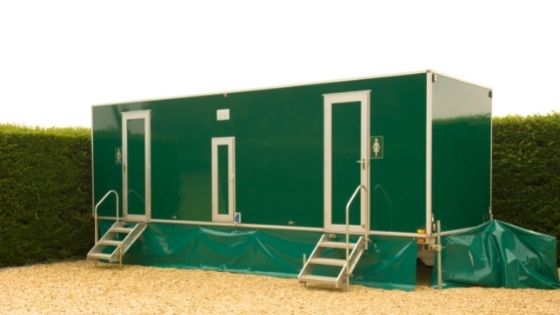Mobility bathrooms help those living with a disability regain independence and can help them feel safe when bathing. With a variety of features included, they have a bespoke fit to suit your individual needs. Your bathroom is your private space, and you want to be able to feel confident while in this room. It’s vital to feel safe in your own home, and the bathroom is no exception. It can be a risky place when struggling with mobility, but here are some ways to make your life much easier.

1. Walk-In Shower or Bath
When living with a disability, a mobility bathroom is an excellent addition to the house. If you have limited movement, bathing is one of the main concerns of safety. Walk-in showers and baths are common features in mobility bathrooms, making bathing much simpler and safer. A walk-in shower typically consists of a glass door with no curb or step. This is great for those with limited mobility and will prevent any mishaps when entering and exiting. Similarly, a walk-in bath includes a small door that can be opened or a screen that can be slid out. There’s a wide range of mobility bathroom supplies that can work alongside the main features of the bathroom. The bath does have a small step, so it can be an excellent choice for individuals with greater mobility than those who need a walk-in shower. These bathing options make it much easier to get in and out of the bathtub or shower while reducing the chance of injury or soreness.
2. High Mobility Toilet
A mobility bathroom should also include a mobility toilet. These toilets are taller, which makes it easier to get up after using them. This is especially beneficial for people who have joint discomfort or balance concerns. This helps to avoid any accidents and further discomfort. It’s another fantastic feature of a mobility bathroom that helps to lessen the chance of distress. To avoid slips and falls when getting up, the toilet seat is usually built with a less slippery surface. It’s still a comfortable surface to sit on; it’s simply a tougher material.
3. Grab Rails
In a mobility bathroom, grab bars are a must. You can have as many rails as you like, but the most popular places to put them are near the bath, shower, and toilet. They are a wonderful help to individuals who have trouble standing up and maintaining their balance. The increased stability can boost your confidence since you’ll always know you’ve got something to hold onto when you need it.
Grab rails placed next to the toilet are superb for a helping hand when standing up from the higher mobility toilet. The rails that are located close to where you bathe are perfect for standing up in the walk-in bath and exiting the walk-in bath. When it comes to the walk-in shower, a rail can be positioned to help you as you slide open the glass door and make your way out of the shower. Overall, a grab rail’s main purpose is to impede any possibility of a fall and injury.
4. Anti-Slip Flooring
The floor of a bathroom is frequently a cause of worry for individuals considering installing a mobility bathroom. Some restrooms have a very slippery floor, especially when water is involved. A smooth surface is a certain method to enhance your chances of falling and getting hurt. As a result, anti-slip flooring is used in mobility bathrooms. This material increases friction between your shoes and the floor, ensuring that your feet remain steady. If you choose a walk-in shower, the same anti-slip flooring may be used within the shower as well.
